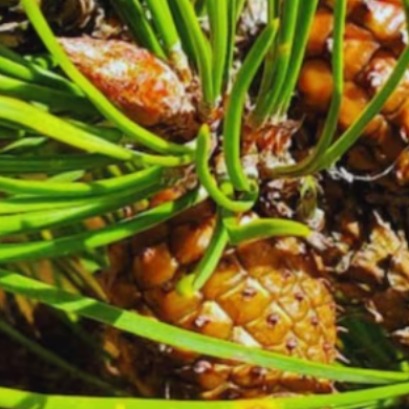
Nuevas directrices de la FAO ayudan a los países a evaluar mejor sus recursos forestales
Tienen como objetivo apoyar a los países en la recopilación, compilación y análisis de la información sobre los recursos forestales, para que puedan adoptar políticas y prácticas basadas en pruebas objetivas.
La FAO elaboró nuevas directrices para ayudar a los países a desarrollar sistemas nacionales sólidos de monitoreo de los bosques, esenciales para medir el progreso hacia los Objetivos de Desarrollo Sostenible (ODS).
Para cumplir sus compromisos derivados del Acuerdo sobre el Clima de París y de la Agenda 2030 para el Desarrollo Sostenible, los países deben recopilar datos forestales más detallados. Aquí se incluye no solo información sobre el tamaño y el aumento o declive de sus bosques, sino también aspectos claves de la gestión forestal sostenible, como el papel de los bosques para conservar la biodiversidad, reducir el impacto del cambio climático y aportar otros servicios ecosistémicos, consigna la nota publicada por la FAO.
Las directrices voluntarias sobre monitoreo forestal nacional tienen como objetivo apoyar a los países en la recopilación, compilación y análisis de la información sobre los recursos forestales, para que puedan adoptar políticas y prácticas basadas en pruebas objetivas que les ayuden a lograr una ordenación sostenible de los recursos forestales en línea con los Objetivos de Desarrollo Sostenible.
La demanda de datos forestales fiables, actualizados y más versátiles y de capacidades analíticas más sólidas a nivel nacional ha crecido considerablemente en los últimos años”, señaló Eva Muller, directora de la División de Políticas y Recursos Forestales de la FAO, quien agregó que “comprender los recursos forestales y la forma cómo cambian es clave para abordar el cambio climático y avanzar hacia los Objetivos de Desarrollo Sostenible”.

IT MAY INTEREST YOU
 The discovery of methane-producing bacteria in trees rethinks the ecological role of forests
The discovery of methane-producing bacteria in trees rethinks the ecological role of forests
Pioneering study shows trees surprising internal microbial diversity and potential influence on global climate, driving novel strategies for agricultural and forestry management
 The DNA of forests: they discover what makes a tree resist drought
The DNA of forests: they discover what makes a tree resist drought
An international team, with the participation of INTA and Conicet, discovered that genetics can be decisive for trees to better resist droughts
 Combilift Unveils the 2025 Christmas video “Twelve Days of Christmas” – with a Twist!
Combilift Unveils the 2025 Christmas video “Twelve Days of Christmas” – with a Twist!
Monaghan, Ireland – November 2025



















